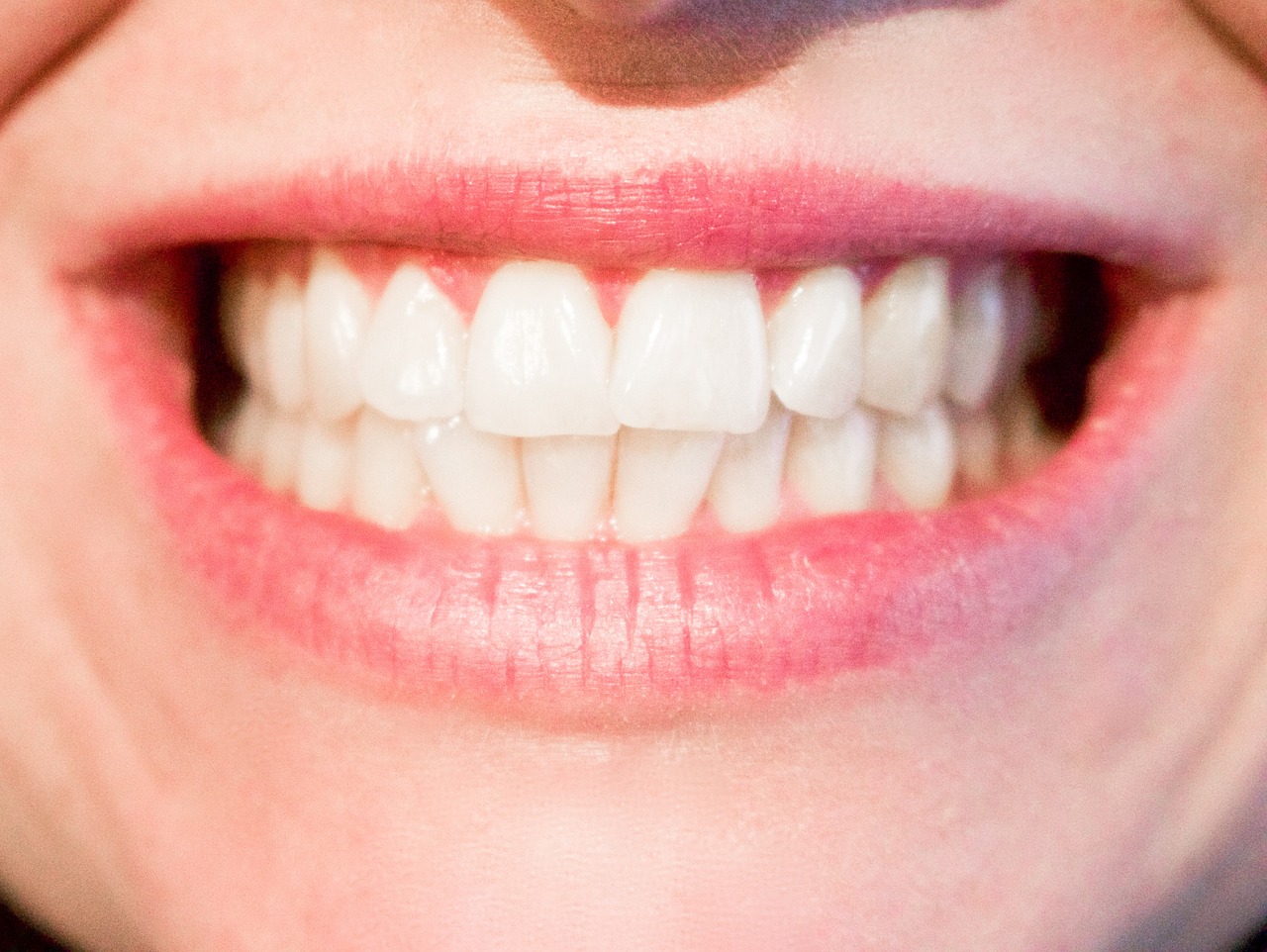An annual trip to the dentist or orthodontist like your favorite dentist in Ocala is necessary. However, it usually instills a feeling of dread in most patients, and that is before the test even begins. Add to that the fear of oral surgery with a painful recovery, and many people will avoid these visits at all costs.
Now, one group reports a preclinical study in ACS Nano that shows they could potentially reduce pain and recovery time with the help of specialized nanotechnology.
Each year, 5 million people undergo orthodontic procedures in the United States, according to the American Association of Orthodontists. In some cases, the teeth are misaligned to such an extent that surgery is required to cut the collagen fibers under the gums before placing the orthodontic appliances on the teeth.
But patients often choose not to undergo the procedure because it is invasive and can be painful. Recently, scientists have turned to nanotechnologies to direct therapeutics to specific places.
For example, previous studies have shown some success in the use of liposomes, which are empty nanoscale vesicles, for the administration of drugs. The collagenase enzymes could potentially reshape the fibers by connecting the teeth to the bone of the mouth without using a scalpel, but until now, the delivery of enzymes with liposomes has been a challenge.
Avi Schroeder and his colleagues wanted to develop liposomes that could supply collagenase enzymes to perform targeted nanosurgery in the mouth.
The team developed liposomal nanoparticles containing collagenase and tested them on rats. When the liposomes were placed under the gums, the collagenase diffused out of the particles and was activated by the calcium found naturally in the mouth. Collagenase weakened the collagen fibers, facilitating the displacement of the teeth with orthodontic appliances.
This is not the first time that nanotechnology has been used to advance in medical issues, since the use of electrospinning equipment in the medical sector has seen an increase during the last two years, and is likely to keep increasing thanks to nanotechnology being more present in medical research with each passing day.
Compared with conventional surgery, the collagenase treatment helped move the teeth three times faster. All the rats lost some weight after surgery, just as humans do. But unlike the other rats, those that were treated with collagenase quickly bounced back to their normal healthy weight, which researchers say suggests they had no pain.
Clear teeth aligners, often called invisible braces, are another popular choice for adults seeking straighter teeth without the pain. At-home invisible braces offer treatment for $1,200 to $2,400 with an average treatment time of three to six months.



 Bitcoin
Bitcoin  Ethereum
Ethereum  Tether
Tether  XRP
XRP  Solana
Solana  USDC
USDC  Cardano
Cardano  TRON
TRON  Lido Staked Ether
Lido Staked Ether  Avalanche
Avalanche  Toncoin
Toncoin